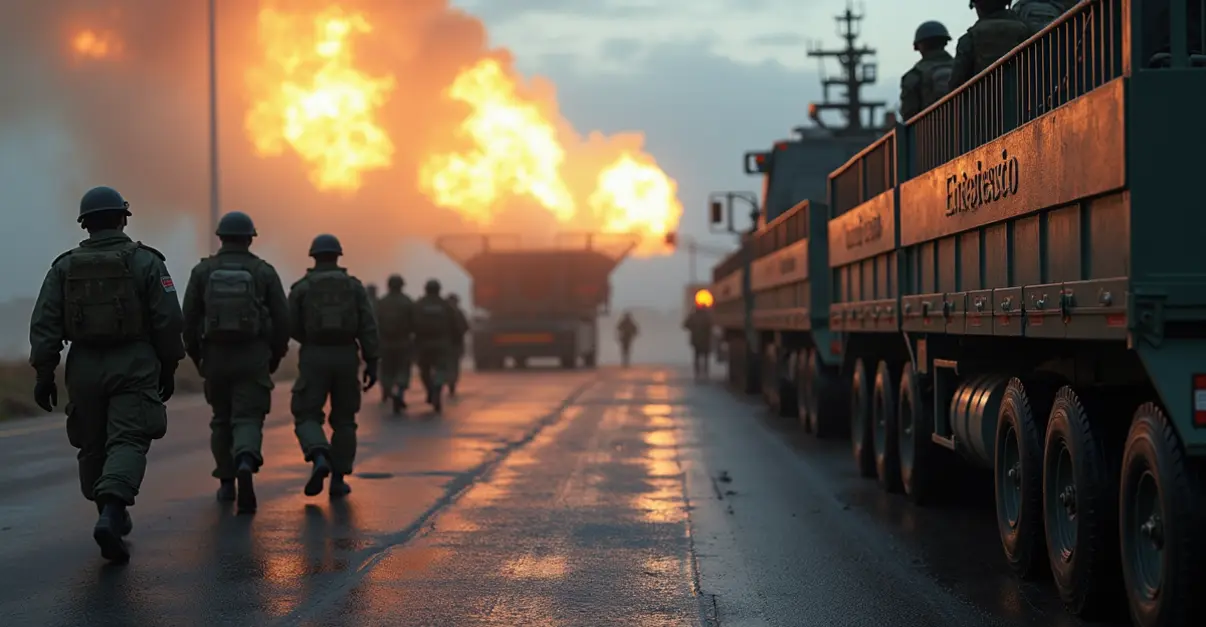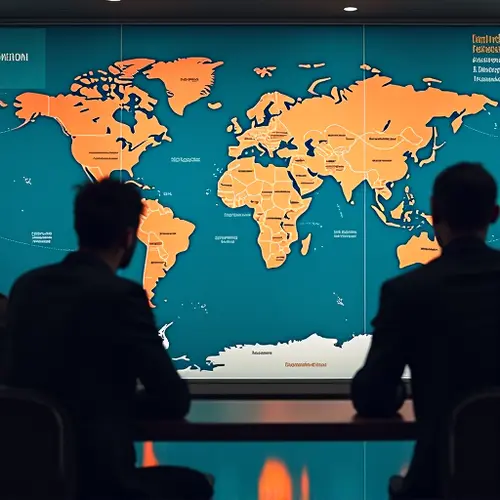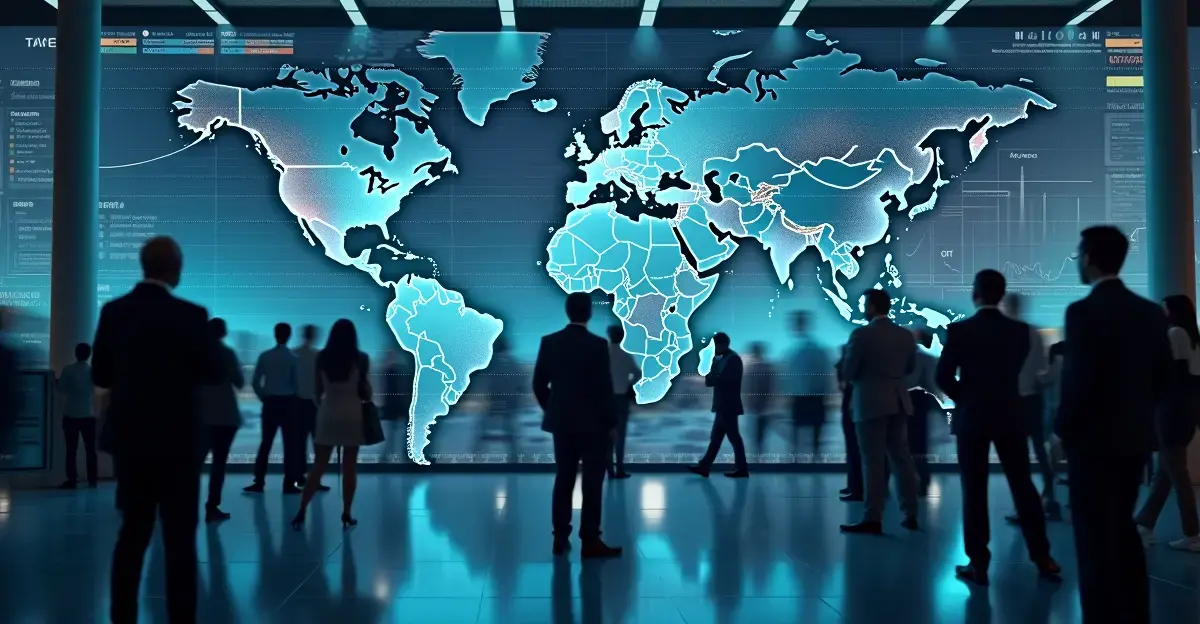Global defense and trade alliances are transforming in 2025, with NATO expanding cyber capabilities, QUAD enhancing Indo-Pacific security, and new economic partnerships like FIT emerging. Nations are forming technology-driven defense networks and trade agreements to address modern geopolitical challenges.

Redefining Global Security and Economic Cooperation
In 2025, the landscape of international relations is undergoing a profound transformation as nations forge new defense and trade partnerships across continents. This strategic realignment reflects the evolving geopolitical realities and the need for more agile, technology-driven approaches to security and economic cooperation.
Defense Alliances Embrace Technological Innovation
Traditional military alliances are rapidly adapting to 21st-century challenges. NATO, now with 32 members including recent additions Finland and Sweden, has established a rapid-response cyber unit capable of countering hacking attacks within minutes. "The core principle for 2025 defense is being faster, smarter, and more interconnected," notes a senior defense analyst. The alliance's focus has expanded beyond conventional warfare to include cyber defense, artificial intelligence coordination, and real-time surveillance networks.
In the Indo-Pacific, the QUAD partnership between India, the United States, Japan, and Australia is intensifying collaboration on tracking maritime and air threats. Meanwhile, the AUKUS trilateral security partnership is developing space-based radar systems and quantum-secure communications to prevent satellite attacks. "We're seeing defense cooperation extend into space and cyber domains like never before," explains a military technology expert.
Economic Partnerships Reshape Global Trade
Parallel to defense realignments, new economic alliances are emerging to navigate the complex global trade environment. The Future of Investment and Trade (FIT) Partnership, led by Singapore, UAE, Switzerland, and New Zealand, brings together 14 small-to-medium nations across diverse geographies. According to WTO Director-General Ngozi Okonjo-Iweala, "72% of world trade still operates under normal WTO rules, with global trade expected to reach over $33 trillion in 2025."
Regional initiatives are gaining momentum as well. Africa's Continental Free Trade Area (AfCFTA) aims to create a unified market of 1.4 billion people, while Latin America is expanding trade links with the European Union. The UAE has emerged as a trade powerhouse, recording $1.42 trillion in trade despite its small population, leveraging its strategic position as a global logistics hub.
Strategic Responses to Geopolitical Challenges
These new alliances represent strategic responses to contemporary challenges, including rising protectionism and regional tensions. Countries affected by tariff policies are actively seeking alternative trade partnerships to mitigate economic impacts. "Modern trade agreements have expanded beyond traditional tariff reductions to include digital trade protocols, data protection, and supply chain cooperation," observes an international trade specialist.
The defense partnerships also reflect shifting security priorities. Middle Eastern nations have formed a Joint Air Shield against drone strikes, while African states are conducting joint counter-terrorism training exercises. These initiatives demonstrate how nations are prioritizing regional security cooperation alongside traditional global alliances.
Future Implications and Global Balance
The emergence of these new partnerships signals a broader restructuring of international relations. While established alliances like NATO continue to play crucial roles, the proliferation of smaller, more focused partnerships allows nations to address specific security and economic needs more effectively.
"What we're witnessing is not the replacement of traditional alliances, but rather their evolution and the addition of complementary partnerships," says foreign policy analyst Ella Popescu. "This multi-layered approach to international cooperation reflects the complexity of today's global challenges."
As these alliances continue to develop, they will likely shape the global balance of power and economic interdependence for years to come, creating new opportunities for cooperation while potentially introducing fresh complexities to international diplomacy.

 Nederlands
Nederlands
 English
English
 Deutsch
Deutsch
 Français
Français
 Español
Español
 Português
Português









